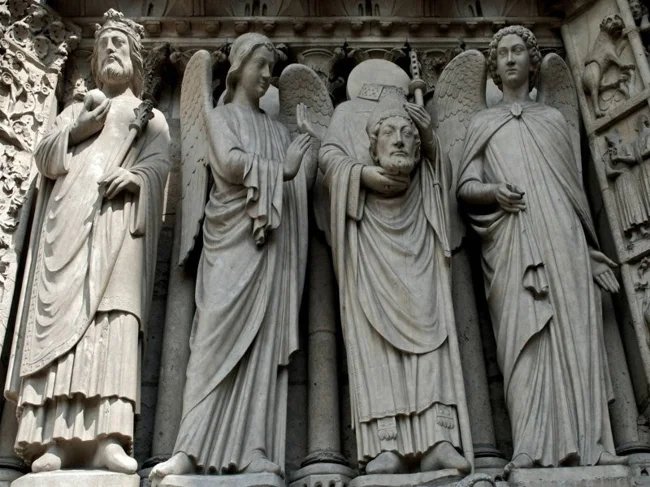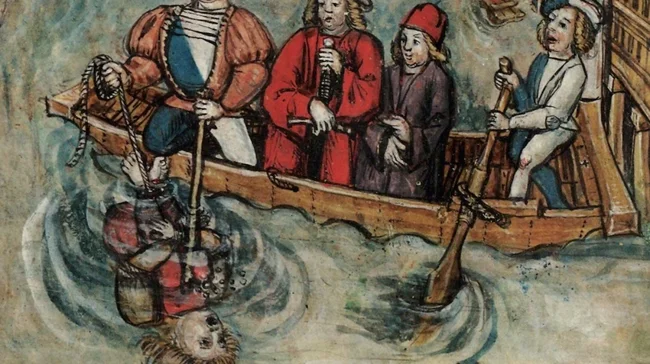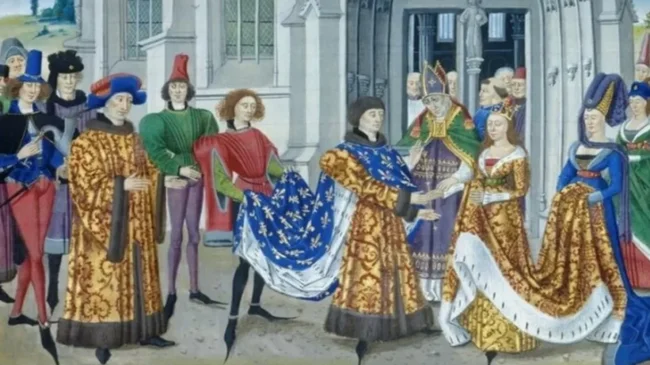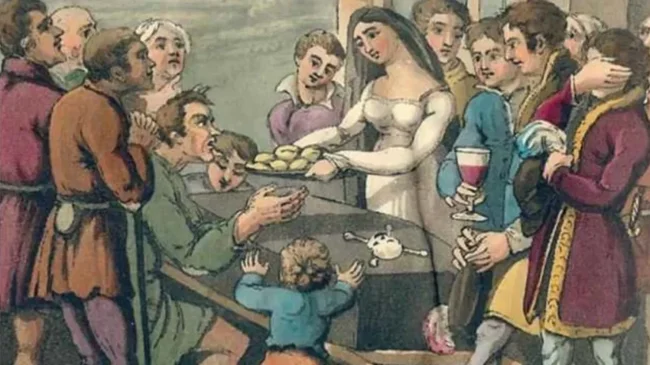10 interesting historical facts that you may not have known (5 photos)
Nowadays, eating swans is, at least, not accepted. 
1. Swans for dinner.
However, in medieval Europe they were a delicacy of the upper classes. Popular dishes of the time included: “Roasted Swan with Entrails Sauce,” “Christmas Swan Pie,” and “Roasted Swan Stuffed with Beef.” Peacocks, doves, cranes, storks, sparrows, herons and blackbirds could also be on the menu for the nobility. 
2. The death sentence of a medieval court could be canceled by the “test”.
It was believed that the best lawyer is God. Before being executed, the accused was subjected to one of three tests.
During the “trial by fire,” the accused was given a red-hot iron rod in his hand. He took three steps and threw it. If the accused's hand showed signs of healing after three days, then it was believed that God was thus favoring him, indicating his innocence. If the wound did not heal, festered and broke out, the poor fellow was on his way to the scaffold.
During the “trial by water,” the accused was tied up and thrown into a pond, and if he did not sink to the bottom, he was guilty and subject to execution. It was believed that water, the element of purity, would not accept an “unclean person.”
And finally, “trial by combat,” popular among the nobles, literally meant: whoever is stronger is right. The accused fought the accuser to the death. It was believed that God preserves the survivor and, accordingly, he is right. 
3. The longer, the cooler.
Since the early 14th century, men have considered shoes with ridiculously long toes to be the height of fashion. They were called Krakow shoes, after their place of origin: Krakow in Poland. By the end of the century, noses had become so long that they had to be strengthened with wool, moss or whalebone. To move, members of the nobility had to tie the toes of their shoes to their ankles, and the crusaders even cut them off to escape the enemy. 
4. Sin eaters - they existed.
In the period from the 17th to the beginning of the 20th century in Europe, when bidding farewell to the dead, so-called sin eaters were in demand.
The sin-eating ritual centered around bread and a bowl of salt. Relatives placed bread and a small bowl of salt on the chest of the deceased, thereby allowing them to absorb unconfessed sins. (An alternative is waving bread over the body). Then they sliced the “sin-tainted” bread and served it with salt to a special person - the sin eater. It was believed that after such a procedure, the deceased was definitely guaranteed heaven.
5. Once upon a time the Sahara was a blooming paradise.
Studies of soils and sediments from dry ponds confirm that the Sahara slowly dried out over approximately five thousand years to reach modern conditions around 1,100 years ago.
It is widely believed that the Sahara dried out due to a change in the angle of the Earth's axis, due to which the amount of sunlight falling on the Sahara region greatly increased and turned the oasis into a desert.
About 8,000 years ago, the tilt of the Earth's axis was slightly different from what it is today. The slope has changed from about 24.1 degrees to the current 23.5 degrees.
6. Medieval dentistry was amazingly developed.
Medieval dentists knew how to fill cavities, treat facial fractures, detect oral cancer, and even knew the basics of teeth whitening.
Research also suggests that dentists knew how to create dentures from cow bones and human teeth. 
7. Women of the Renaissance were prohibited from playing wind instruments.
Because it made their faces look weird. Renaissance women could only play stringed instruments.
8. Women of the Renaissance were forbidden to preen themselves in front of windows.
To be more precise, women were not even allowed to simply look at themselves in the mirror in front of the windows, because it was believed that this aroused desires in men, and therefore repelled them from God!
9. The doctor could pee on the wounded knight.
And this was not a gesture of humiliation, but a necessary procedure in a situation of life and death. Ammonia in the urine played the role of an antiseptic, preventing infection of battle cuts. Fresh urine was used not only to treat wounds, but also burns, bites and anything else you could think of. It was rough, but it worked.
10. Career through self-castration in ancient China.
Eunuchs in ancient China were allowed to work as servants of the emperor. For many poor people, this was their only chance for a better life. Therefore, castrating oneself in ancient China was considered a worthy and quite popular career move for an adult man.
Self-castration reached its peak during the Ming Dynasty. At one point, there were 100,000 eunuchs working throughout the country.
Ultimately, the number of castrated men greatly exceeded the imperial palace's need for servants.
As a result, many were left without work and without... you know, without what.
